Hester Diamond’s fabled collection comes to market
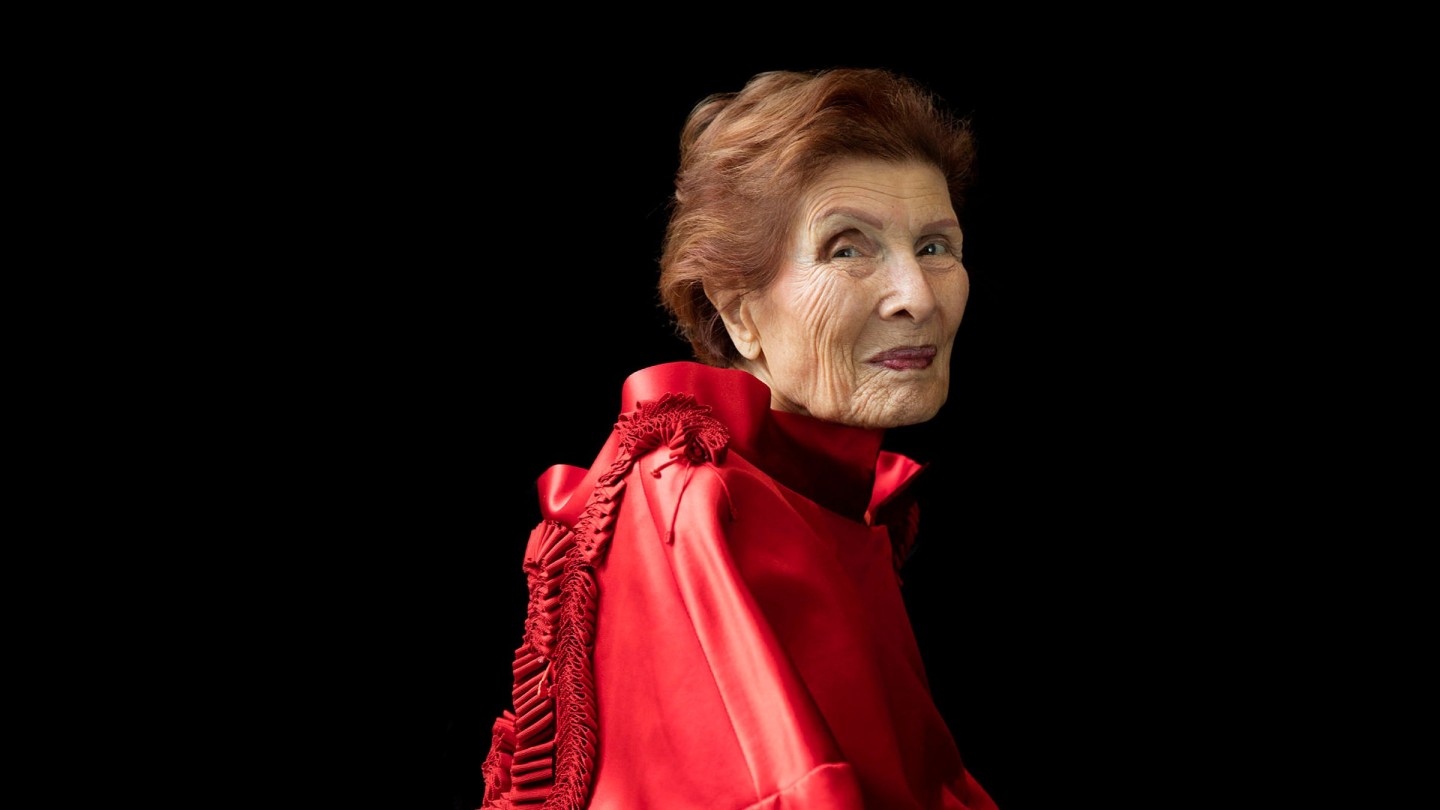
Roula Khalaf, Editor of the FT, selects her favourite stories in this weekly newsletter.
“Fearless” is the word chosen by Sotheby’s to describe the late Hester Diamond and her collection, which is to be sold in New York in January. Diamond — a dear and much-missed friend — was indeed fearless, but she was also warm, funny, generous, highly intelligent and, for all her apparent birdlike frailty, indefatigable.
No conversation with her was ever dull. While it might be about music (she was an avid Wagnerian), theatre, politics or food, any discussion would inevitably return to works of art. Well into her eighties, she was still outpacing every companion on her meticulously planned expeditions to Europe, and to the last seeking out new treasures to add to her apartment on Central Park West.
There she curated a truly extraordinary ensemble comprising Old Master paintings and sculpture boldly offset by 21st-century design, a smattering of contemporary art, and a wealth of exotic minerals and gemstones — specimens even more exuberantly hued than her eye-popping furniture, or her Titian red hair. Some of these interiors will be reassembled for the auction previews, and collectors of all kinds would do well to take a look and reflect on what living with works of art might, and ought, to mean.
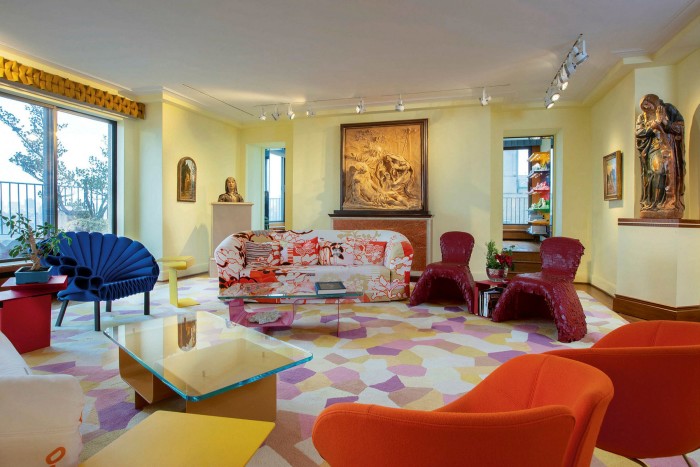
Whether the viewer likes what he or she sees or not is in one sense irrelevant. The point, in this age when many collectors blindly subscribe to current orthodoxies and surround themselves with work by all the same artists in more or less identical settings, is that Diamond did no such thing. Perceptive and inquisitive, she pursued her own vision, constantly honing the collection as her tastes and interests evolved and exploring new juxtapositions. It was a living collection constantly in flux. Most important of all, it was a reflection of who she was.
Perhaps her originality as a collector lay in the fact that she had to work out art for herself. A bright girl from the Bronx, she attended Hunter High in Manhattan during the war, and since the students had to share the building with the women’s naval reserve, lessons stopped at 1pm. She would spend her afternoons in museums, and MoMA and Peggy Guggenheim’s Museum of Non-Objective Painting in particular. Neither offered any information, and there were no art books.
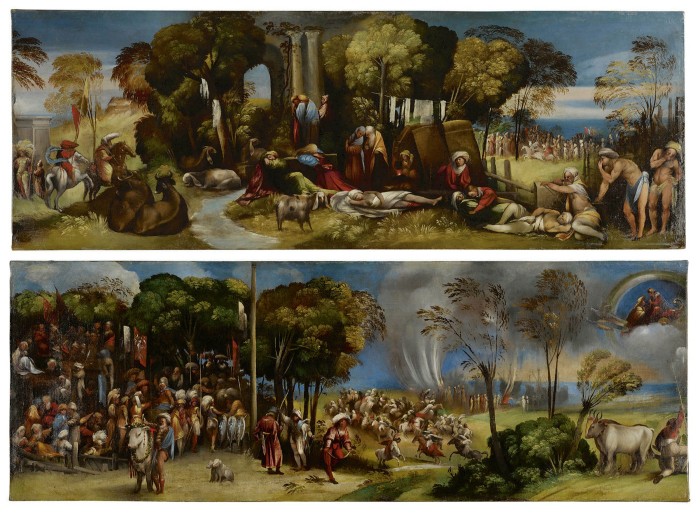
“I had to look at these rather baffling pictures and figure out for myself why I found them so compelling. It was a fabulous education, because I really had to look and think,” she later recalled.
At 17, she began converting Harold Diamond to the cause of modern art too. After they married in 1950, they found plenty of dealers willing to let them buy works for $25 a month. A little later they came across a book about the British sculptor Barbara Hepworth whom they did not know but recognised as being in the orbit of Brancusi, an artist they revered. (Little did they realise that they would one day own the best of Brancusi’s “Bird in Space” series.) They wrote to ask if they could organise a travelling exhibition of her work in the US. Hepworth agreed, and that proved the catalyst for Harold giving up teaching and Hester social work, in order to deal in art full-time and support their collecting habit. They tried to keep the best pieces for themselves.
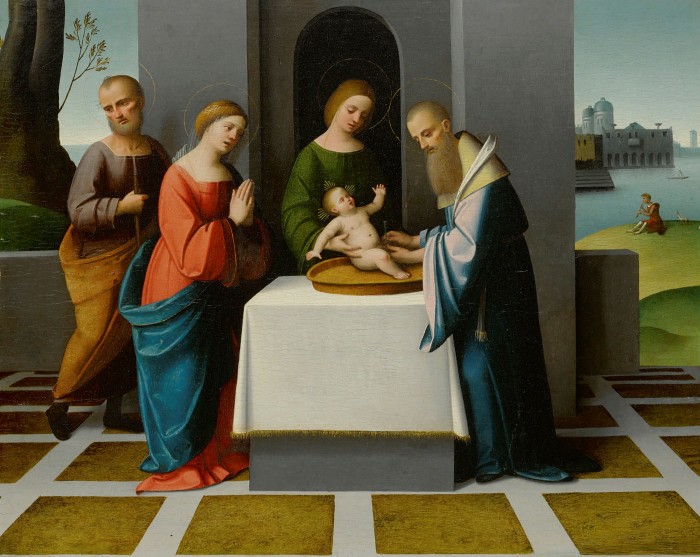
A client asked Hester to decorate an apartment, prompting a new career as an interior decorator which continued after Harold’s death in 1982. She stopped in 1989 and sold a cubist Picasso to generate some income, and it raised $2m more than she needed. With the best classic modern art now out of her financial reach, she bought four small Old Master pictures — two Flemish and two Ferrarese. The latter two survived Diamond’s merciless editing and are offered here: early 16th-century panels by the artists known as Garofalo and Ortolano, “Adoration of the Shepherds” ($200,000-$300,000) and “The Circumcision” ($150,000-$200,000).
What she described as her first “A” painting was a recently rediscovered Paolo Veronese, “Venus Disarming Cupid” (one of two works subsequently given to the Worcester Art Museum). She sold a Mondrian to buy it. A Pontormo “Madonna and Child” replaced a Severini, and so it went on. That early passion for the quirky art of Ferrara persisted, as witnessed by two from a frieze of 10 canvases painted by Dosso Dossi for Alfonso d’Este ($3m-$5m).
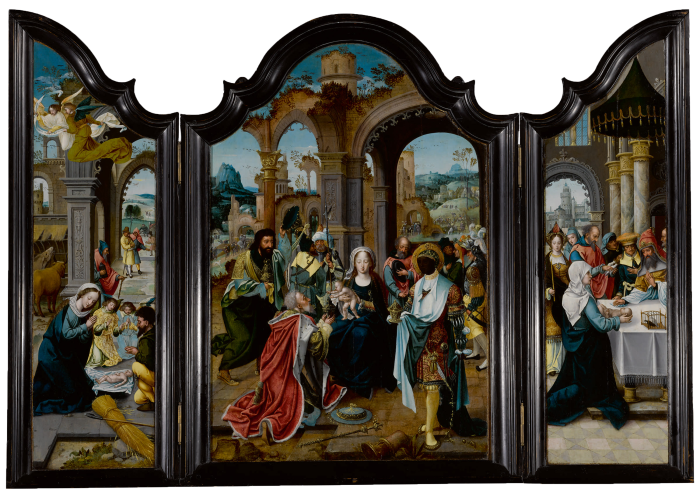
What these and later acquisitions shared was glorious colour, strong compositional structure and powerful expression. No less sumptuously rich is the Pieter Coecke van Aelst triptych of c.1520-25 which was the centrepiece of a 2014 show at the Metropolitan Museum of Art ($2.5m-$3.5m). Revealingly, the sole drawing here is in coloured chalks and oil paint, one of Federico Barocci’s spectacular head studies ($600,000-$800,000).
It took Diamond a while to turn to sculpture, but it was typical of her boldness that the second piece she bought was nothing less than a monumental early marble by Gian Lorenzo Bernini. “Autumn” was carved around 1616-18 when the sculptor was still working in his father’s studio — and Pietro Bernini’s hand is evident here too. Estimated at $8-$12m, it is expected to set a new auction record for the artist. Even in this field, Diamond sought out the bold and dazzling. Among the polychrome pieces is Jörg Lederer’s limewood “Saint Sebastian” ($600,000-$1m), Della Robbia glazed terracotta pieces, and arguably the rarest work of them all, the anonymous Flemish “Hausaltar” of c.1490-1500 whose carved oak group of the Lamentation and painted sidepanels survive more or less intact ($300,000-$500,000).
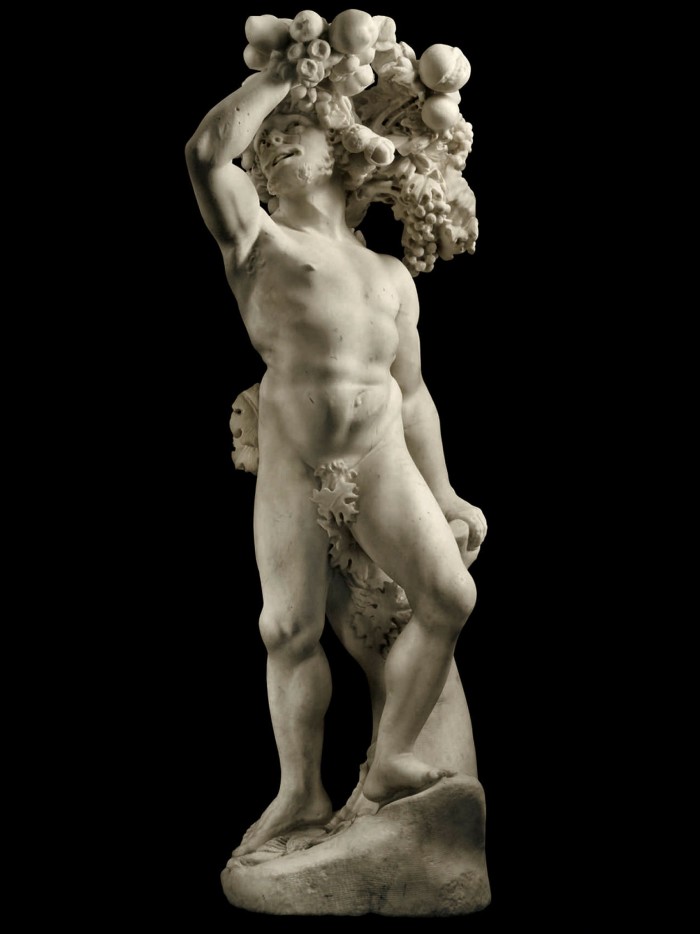
Entirely characteristic, too, was her response to the frustration she felt at not being able to source sufficient information on, and images of, medieval, Renaissance and Baroque sculpture. She co-founded, with fellow collector Jon Landau and the dealer Fabrizio Moretti, the non-profit Vistas (Virtual Images of Sculpture in Time and Space), which subsidises and publishes new scholarship on European sculpture.
Diamond had bought neoclassical furniture to sit alongside her modern art, enjoying the dynamic play between them. When the last of the modern paintings were sold in 2004, she felt her apartment went dead. What brought it alive again was a gutsy injection of the 21st century: furniture of bold sculptural form and extreme colour, and contemporary art chosen to open a dialogue with its neighbours. She waited years for the right Bill Viola to become available — the “Ablutions” diptych ($100,000-$150,000) — and gradually added large-scale sculpture by Xu Zhen, Barry X Ball and Dustin Yellin. It was, she insisted, the same sensibility at work. Diamond viewed conventional good taste as a system of constraints. Even worse, a tasteful interior subsumed rather than showcased its works of art. What she did was ensure that visitors to her apartment could not fail to notice everything in it.
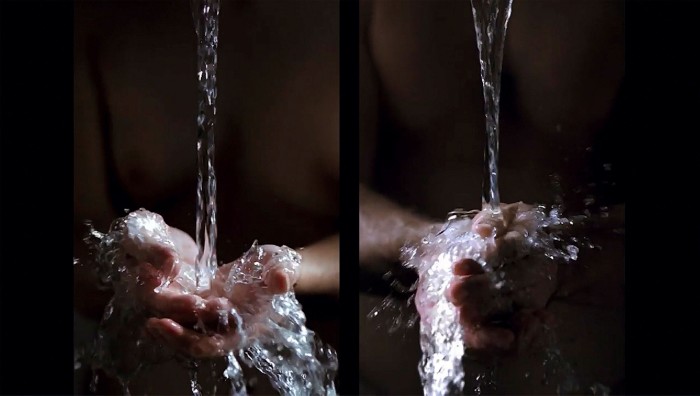
“Fearless: The Collection of Hester Diamond” is expected to realise around $30m at Sotheby’s New York. Old Master paintings and sculpture are scheduled for a live auction on January 28, with contemporary art and design, minerals, and the music awards won by her son, Mike D of Beastie Boys fame (sold to benefit the Good Eats Programme), offered online.
‘Fearless: The Collection of Hester Diamond’, January 2021, sothebys.com

Comments